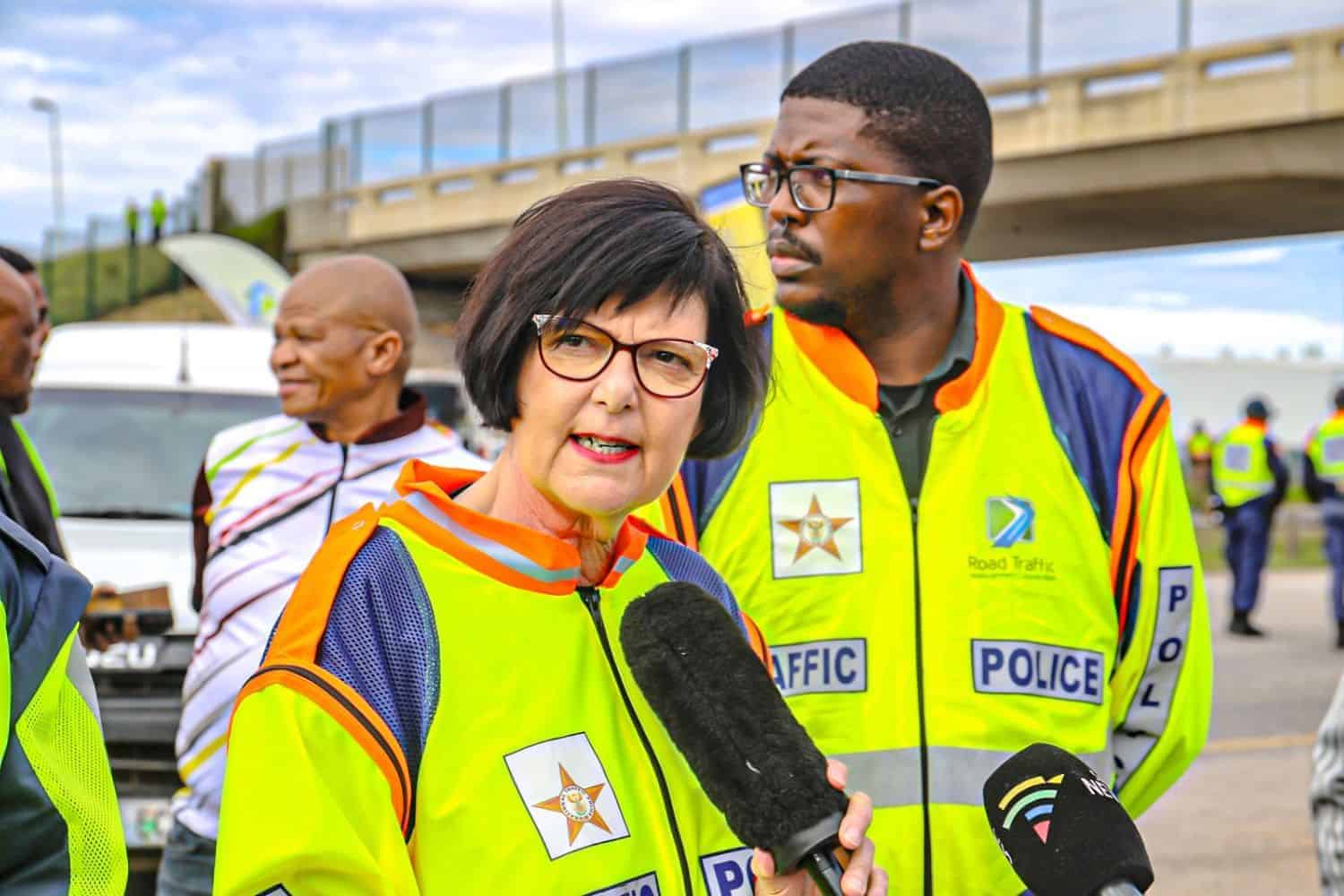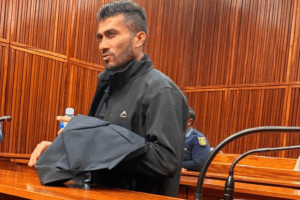According to the official report, the bus and trailer were operating with dramatically reduced braking capacity.

A comprehensive investigation into the devastating bus accident on the N1 has revealed multiple critical failures that contributed to the tragedy.
The Road Traffic Management Corporation (RTMC) investigation found that the vehicle was operating significantly over capacity and had severely compromised braking systems when it veered off the Zoutpansberg mountain between Musina and Makhado on Sunday, 12 October 2025, claiming 43 lives.
Critical mechanical failures
The RTMC’s mechanical investigation exposed a dangerous pattern of disrepair affecting core safety systems.
According to the official report, the bus and trailer were operating with dramatically reduced braking capacity.
The RTMC stated that “the bus and trailer only had five out of 10 brakes in operational condition and that one brake on the bus had no braking ability.”
The investigation highlighted the severity of the trailer’s condition, establishing that “none of the four brakes on the trailer had been in any operational condition, and the suspension had also been poorly repaired.”
This meant the vehicle was running at half its intended braking capacity. The RTMC concluded that “the bus and trailer were not in a roadworthy condition by virtue of the defective braking system and the poorly repaired suspension of the trailer.”
ALSO READ: Picking up the pieces after tragic N1 bus crash that killed 43
Severe overloading documented
Transport Minister Barbara Creecy disclosed that the investigation revealed a capacity violation of significant proportions.
“The bus was licensed to carry 62 people, but it was carrying 91,” Creecy said on Friday.
The RTMC investigation provided precise calculations of the overloading.
The report established that “the bus has a seating capacity to accommodate sixty-two (62) persons; however, there were ninety-one (91) occupants in the bus at the time of the crash.”
When accounting for children’s regulations, the violations remained substantial.
“There were 11 children between the ages of three and five years old, and if Regulation 231 of the National Road Traffic Regulation 2000 is applied, then two children between the ages of three and six years old shall be counted as one person.
“This implies that at the time, the vehicle was overloaded by 23 persons,” RTMC explained.
Speeding and driver awareness
The investigation determined that excessive speed was a major contributing factor to the crash.
The RTMC found that “a major contributing factor to the cause of the bus crash was the driver of the bus, who drove at a speed too high for the conditions down the mountain pass.”
Creecy noted the implications of the mechanical defects on the driver’s behaviour.
She explained that “the driver of the bus and trailer was aware of this braking deficiency and had adapted his driving style to accommodate this defect”.
ALSO READ: 7 children among those dead in N1 Limpopo bus crash
Official response and accountability measures
Creecy directed the RTMC to pursue criminal charges against the bus company for the preventable tragedy.
She further instructed the RTMC to “investigate the bus company’s responsibility in ensuring the roadworthiness of the bus and to further consider a culpable homicide complaint against the bus company in terms of the duties of the operator.”
The National Department of Transport outlined comprehensive enforcement actions in response.
The department stated that it will “request the maintenance schedule and service records of this specific bus and work with the Anti-Corruption Unit to establish which road testing centre issued a roadworthy certificate for the bus and establish if there are any DNC Coach Depots in SA to look at their fleet roadworthy status.”
Casualty toll and survivor details
The crash killed 43 occupants and left significant injuries throughout the passenger list.
According to the RTMC, the injuries extended beyond the fatalities.
Apart from the fatalities, 34 more people sustained serious injuries, while a further six occupants had minor injuries.
“Eight occupants were recorded at the crash scene by first responders and refused
any form of medical treatment.
“They had subsequently left the crash scene, and none of their details were recorded,” said the RTMC.
Journey details and passenger demographics
The bus had departed from Gqeberha in the Eastern Cape and was bound for Harare in Zimbabwe.
“There were passengers from Malawi, Congo, and Zimbabwe on board.”
The investigation into what occurred at weighbridges, where overloading should have been detected, remains ongoing as part of broader accountability measures.
Environmental factors ruled out
Weather and road conditions were not contributing factors to the crash.
The RTMC confirmed that “the weather conditions at the time of the road crash were daylight and clear with good visibility and are not considered a cause and/or contributory factor to this road crash.”
Furthermore, the road infrastructure itself was adequate, according to the RTMC.
ALSO READ: Limpopo bus tragedy exposes deeper rot
Enforcement and preventive measures
The RTMC preliminary report recommended that law enforcement operations be strengthened to inspect the roadworthiness of vehicles entering South Africa’s roads.
“Such inspection could have detected the unroadworthy condition of the bus and the trailer, and this crash might not have occurred,” the agency stated.
Meanwhile, Creecy said she directed the RTMC to work with provincial authorities to ensure compulsory roadworthy inspections, particularly for the DNC Coach Fleet.
The RTMC will also focus on heavy vehicles that fail to adhere to warning signs and speed limits when driving downhill.
Ongoing investigation timeline
According to the department, the RTMC investigation into the incident is ongoing and expected to take 21 weeks to complete.
The investigation will examine the circumstances surrounding the crash, including the role of weighbridges in detecting overloading.
The final technical reconstruction report will provide a detailed analysis of the incident.
READ NEXT: Police investigate potential ‘stolen ARVs’ at N1 crash site of bus heading to Zimbabwe and Malawi






